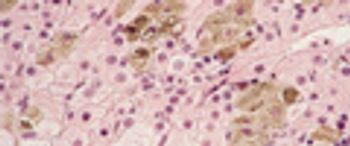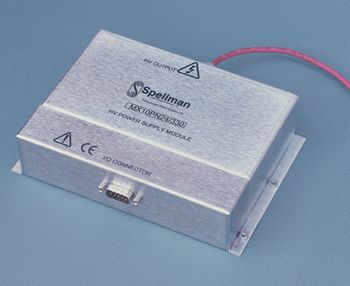
Spectroscopy
The development of a method for the simultaneous determination of glycine, triglycine and fructose using UV–vis and evaporative light-scattering detection (ELSD) is described. This was necessary as part of a research project dealing with the recovery of functional peptides from aqueous streams on an industrial scale using adsorption or related technologies. Fructose is barely detectable by UV–vis as it lacks detectable functionalities, while glycine and triglycine are both UV–vis sensitive. An NH2 phase was chosen as a column and separation was obtained within seven minutes on a 250 X 4.6 mm column. Limits of detection are approximately 40 mg fructose/L, 4 mg glycine/L and 0.05 mg triglycine/L. Calibration functions are linear in a range of 40–1400 mg/L for fructose, 5–200 mg/L for glycine and 0.5–70 mg/L for triglycine.










